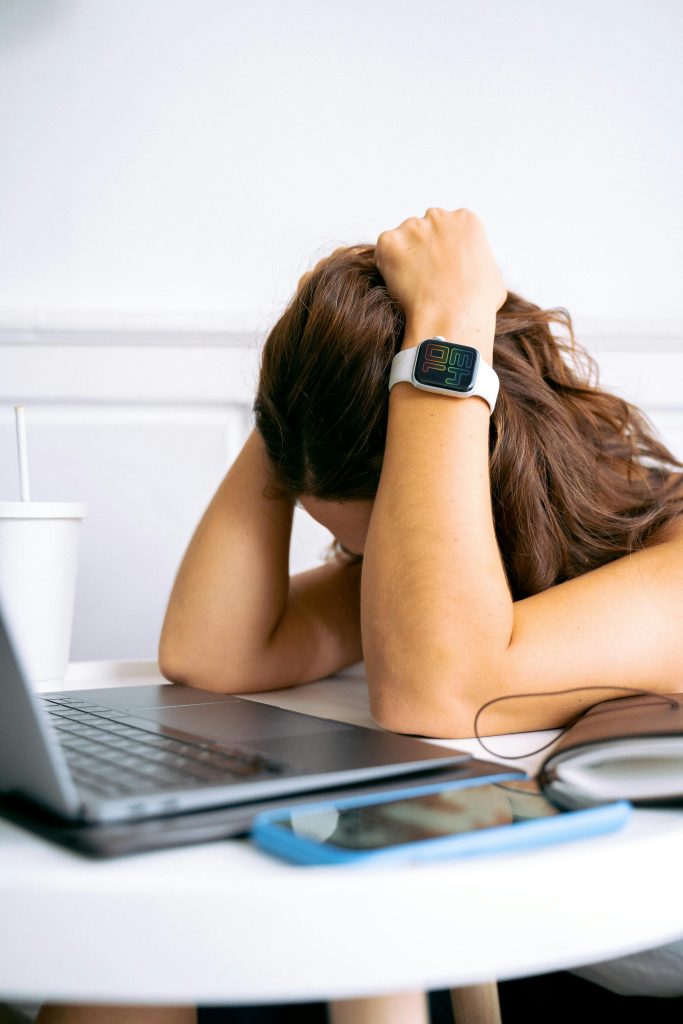Troubleshooting Monitor Issues After Accidentally Hitting Your PC
Accidentally hitting your PC can be a surprisingly stressful experience, especially when the consequences include a monitor that refuses to turn back on. This issue, while frustrating, often involves a series of steps that can lead to a resolution. Whether you’re a seasoned PC enthusiast or a distressed novice, this guide is designed to help you troubleshoot and potentially fix your unresponsive monitor without resorting to buying new parts or losing your PC’s valuable components.
Understanding the Potential Impact of Physical Impact on PC Components
Before diving into the troubleshooting steps, it’s essential to understand how a physical impact can affect your PC. Computers are delicate machines, comprising numerous parts that must work in harmony. While a gentle bump might not cause noticeable damage, a hard knock could dislodge connections, disrupt signals, and lead to hardware malfunction. Common issues arising from such impacts include:
- Loose Cables: The jolt of an impact can cause cables, such as the HDMI or power cables, to become loose.
- Dislodged Components: Internal components like RAM sticks, graphics cards, or even the CPU cooler might get dislodged.
- Connection Issues: Electrical connections might be disrupted temporarily or permanently, affecting power supply or data transmission.
Understanding these potential impacts can provide context as we explore the solutions.
Initial Troubleshooting Steps
Step 1: Check the Power Supply
Begin with the basics—your monitor won’t turn on if it isn’t receiving power.
- Power Cable: Ensure that the power cable is securely connected to both the monitor and the power outlet. If the monitor has an external power brick, check the connections there as well.
- Power Source: Test the power outlet with another device to ensure it’s functioning. Sometimes, a simple outlet issue could be misdiagnosed as a PC problem.
Step 2: Inspect Video Connections
You’ll want to ensure all video connections are secure since physical impact can easily displace them.
- HDMI or DisplayPort Cable: Disconnect and reconnect the HDMI or DisplayPort cable from both the monitor and the PC. Look for any visible damage to the cable itself—frayed wires or a bent plug may necessitate replacement.
- Alternate Ports and Cables: If possible, try using a different cable or port. Switching between HDMI ports or using a DisplayPort if available can help diagnose a faulty cable or port.
Step 3: Check Internal Hardware Connections
If external solutions don’t resolve the issue, you’ll need to investigate the internal components.
- Power Down Safely: Turn off the PC and unplug it from the power source to avoid electric shock or component damage.
- Open the Case: Carefully open the PC case, taking care to touch a grounded metal object first to discharge any static electricity.
- RAM and Graphics Card: Reseat the RAM sticks and graphics card. Remove each component, blow off any potential dust, and securely reinsert them into their respective slots.
Advanced Troubleshooting
Step 4: Test with Another Monitor
To isolate whether the issue is with the monitor itself or the PC, test the system with a different monitor.
- Alternate Monitor: Connect another monitor to your PC. If the alternate display works, your original monitor might be faulty.
- Test the Monitor Elsewhere: Conversely, try connecting your monitor to a different PC or device (like a laptop) to see if it functions elsewhere.
Step 5: Investigate Software and Drivers
Sometimes, the problem isn’t purely hardware-based. Software can play a role as well.
- Graphics Driver: Boot your PC in safe mode and uninstall then reinstall the graphics drivers. Corrupted drivers can sometimes cause monitor detection issues.
- BIOS/UEFI Settings: Access the BIOS/UEFI settings to ensure that the integrated graphics (if available) aren’t conflicting with your discrete GPU settings.
Preventative Measures to Avoid Future Issues
Secure Your PC Setup
To prevent future incidents, ensure that your computer setup is stable and secure.
- Stable Surface: Place your PC on a stable, flat surface to minimize the risk of accidental falls or knocks.
- Cable Management: Organize cables to avoid them getting snagged or pulled, which could bring the whole setup tumbling down.
Regular Maintenance
Routine checks and maintenance can prolong the life of your components and ensure smooth operation.
- Dust Cleaning: Regularly clean your PC’s interior to prevent dust buildup, which can exacerbate connectivity issues.
- Component Check: Periodically check that all internal components are seated properly.
When to Seek Professional Assistance
If you’ve exhausted your troubleshooting knowledge and the monitor still refuses to turn on, it may be time to consult with a professional. Local computer repair shops or the manufacturer’s support can provide further assistance, potentially identifying less obvious issues like damaged circuits or malfunctioning components. Sometimes, a professional diagnostic is the best step forward, especially if you’re uncomfortable with extensive hardware troubleshooting.
Conclusion
Accidentally hitting your PC can lead to a variety of issues that make it seem like your monitor has given up for good. However, with patience, methodical troubleshooting, and a bit of technical know-how, most problems can be resolved without resorting to buying new parts. By checking the power, cable connections, internal hardware, software settings, and even seeking professional help if necessary, you can often restore your system’s functionality and gain a better understanding of your PC’s inner workings. Remember, an ounce of prevention in securing and maintaining your setup is worth more than a pound of cure.
Share this content:



Response to Troubleshooting Monitor Issues
It’s unfortunate to hear about the trouble with your monitor after the impact. Your article provides an excellent roadmap for troubleshooting the issue. Here are some additional insights and tips to help further:
Check for Power Indicator Lights
If your monitor has an LED power indicator, observe its behavior when you try to power it on. A steady light often means it’s receiving power, while a blinking light might indicate a fault.
Remove External Peripherals
Sometimes, external devices can create conflicts. Try disconnecting all peripherals (printers, scanners, USB devices) apart from your keyboard and mouse before turning the PC back on.
Look for BIOS Beeps
If you’re comfortable, listen for any beeps when you power on your PC. Beep codes from your motherboard can indicate specific issues related to RAM or GPU that may have been dislodged.
Visit Community Forums
Don’t hesitate to leverage community knowledge. Platforms like the Sircles Forum can be invaluable, as experienced users may have faced similar issues and resolved them successfully.
If All Else Fails
If your troubleshooting efforts don’t yield results, consider testing the HDMI or DisplayPort cable with another
Hi there,
It sounds like you’ve experienced a hardware impact that may have affected your monitor or internal components. To assist you effectively, I recommend starting with the basic troubleshooting steps mentioned in the article:
If these steps don’t resolve the issue, it’s advisable to seek professional repair services, especially if internal hardware might have been damaged during the impact. A qualified technician can perform a thorough diagnostic and repair any dislodged or damaged components.
Let me know if you need further assistance or specific guidance during any of these steps. We